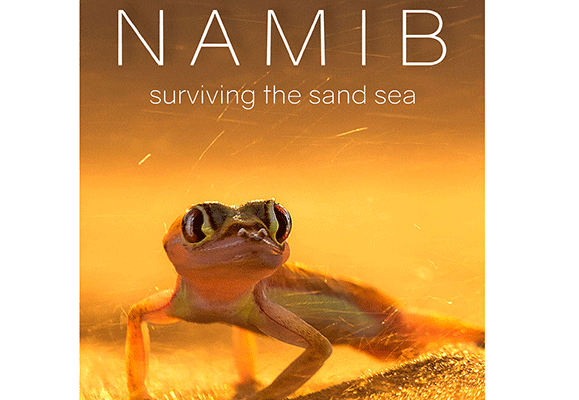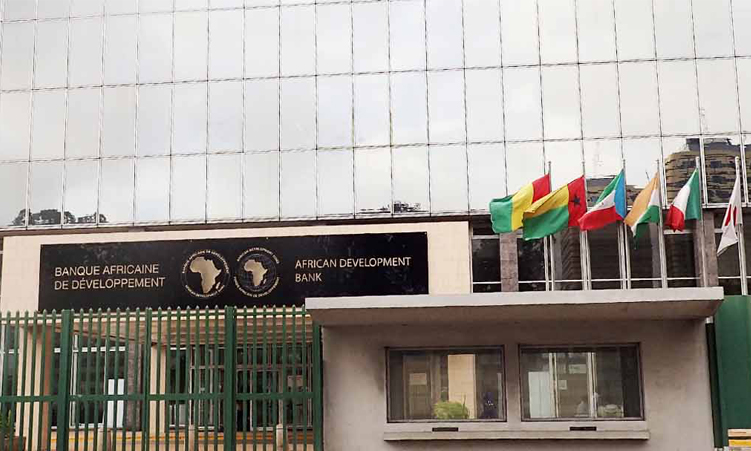Namibia presents its Unesco Natural Heritage in a unique way by means of a splendid new nature documentary, ‘Namib – Surviving the Sand Sea’, which explores from a scientific perspective life in one of the driest places on Earth, the hyper-arid Namib Desert with its diverse adaptations of the flora and fauna.
The filmmaker Oliver Halsey spent a year filming various desert organisms at Gobabeb, a scientific research station in the central Namib.
This documentary takes a close look at the natural history of several unique desert-adapted plant and animal species, including the Namib Dune Ant, scorpions, !nara and Welwitschia.
It follows the work that several scientists at Gobabeb are undertaking in order to better understand this magnificent and otherworldly environment, and seamlessly merges research endeavours with stunning time-lapse photography capturing daily changes in the desert.
The Namib Sand Sea is inscribed as World Heritage for all four natural history criteria: Spectacular natural beauty and superlative natural phenomena; outstanding global examples of geological and geomorphological processes; universally significant ecological processes; and extraordinarily special biodiversity.
Halsey is a photographer and filmmaker with a bachelor of science honours degree in film and television production from the University of Greenwich, London. He has been based at the Namib-Naukluft National Park at Gobabeb Research Centre in the Namib Desert since early 2016. He has also written, photographed and published several natural history magazine articles on plants and animals in the Namib Desert and used time-lapse photography to assist scientific study.
The DVD is available at Namibia Scientific Society, Gobabeb and various book shops.
Stay informed with The Namibian – your source for credible journalism. Get in-depth reporting and opinions for
only N$85 a month. Invest in journalism, invest in democracy –
Subscribe Now!








